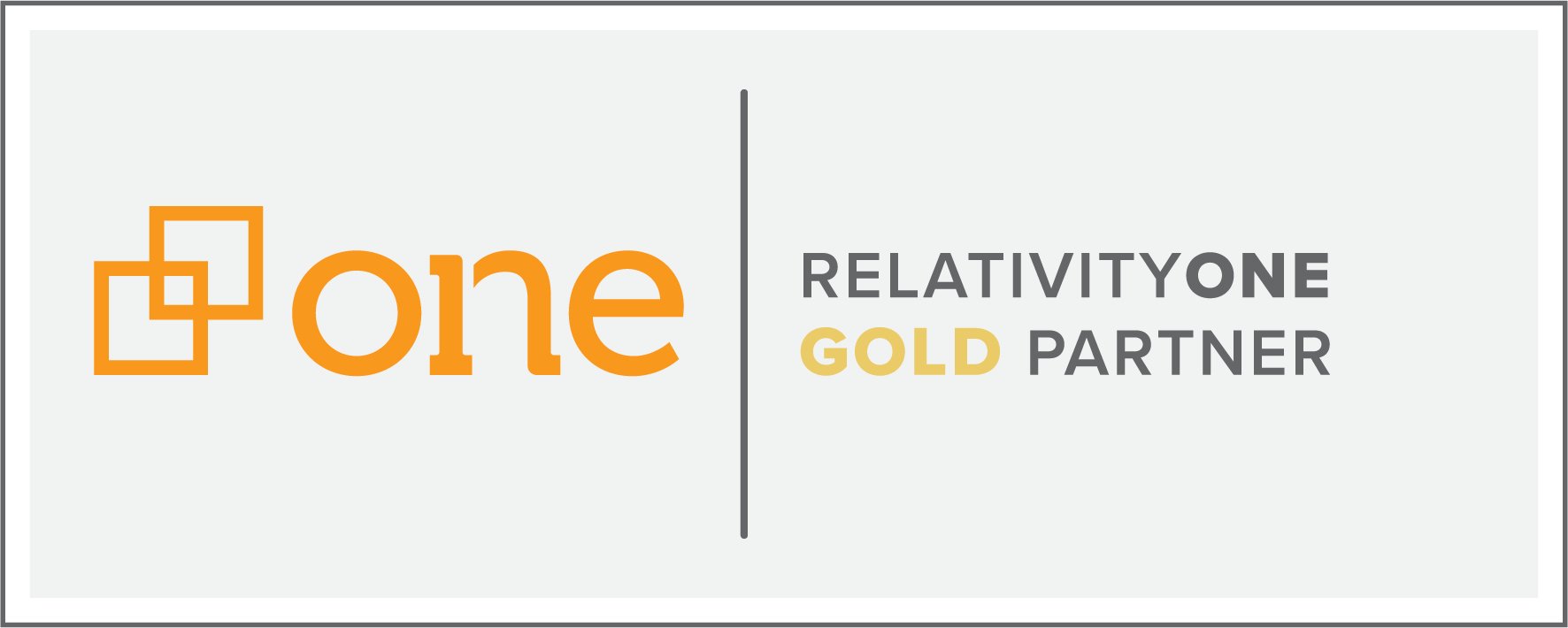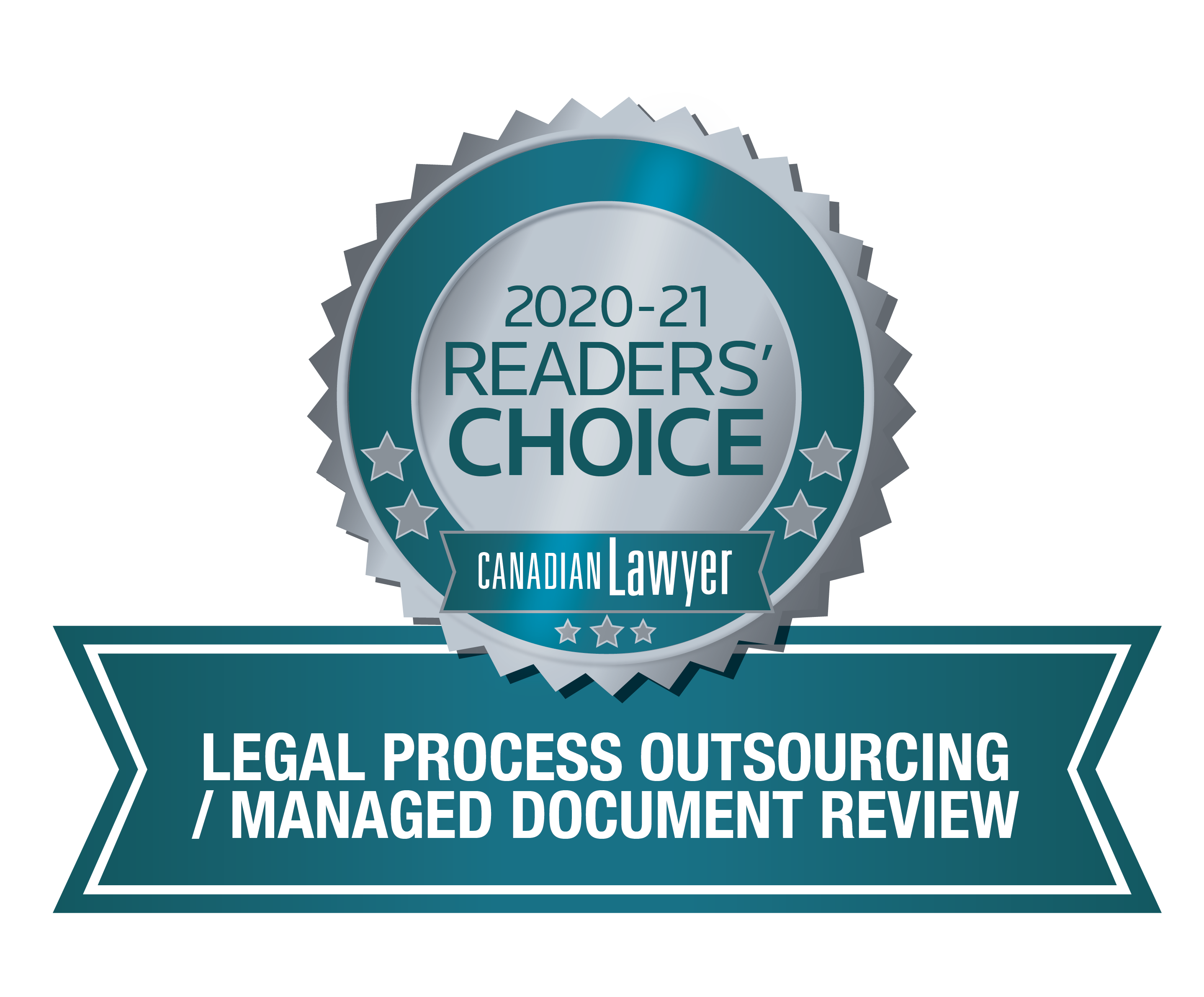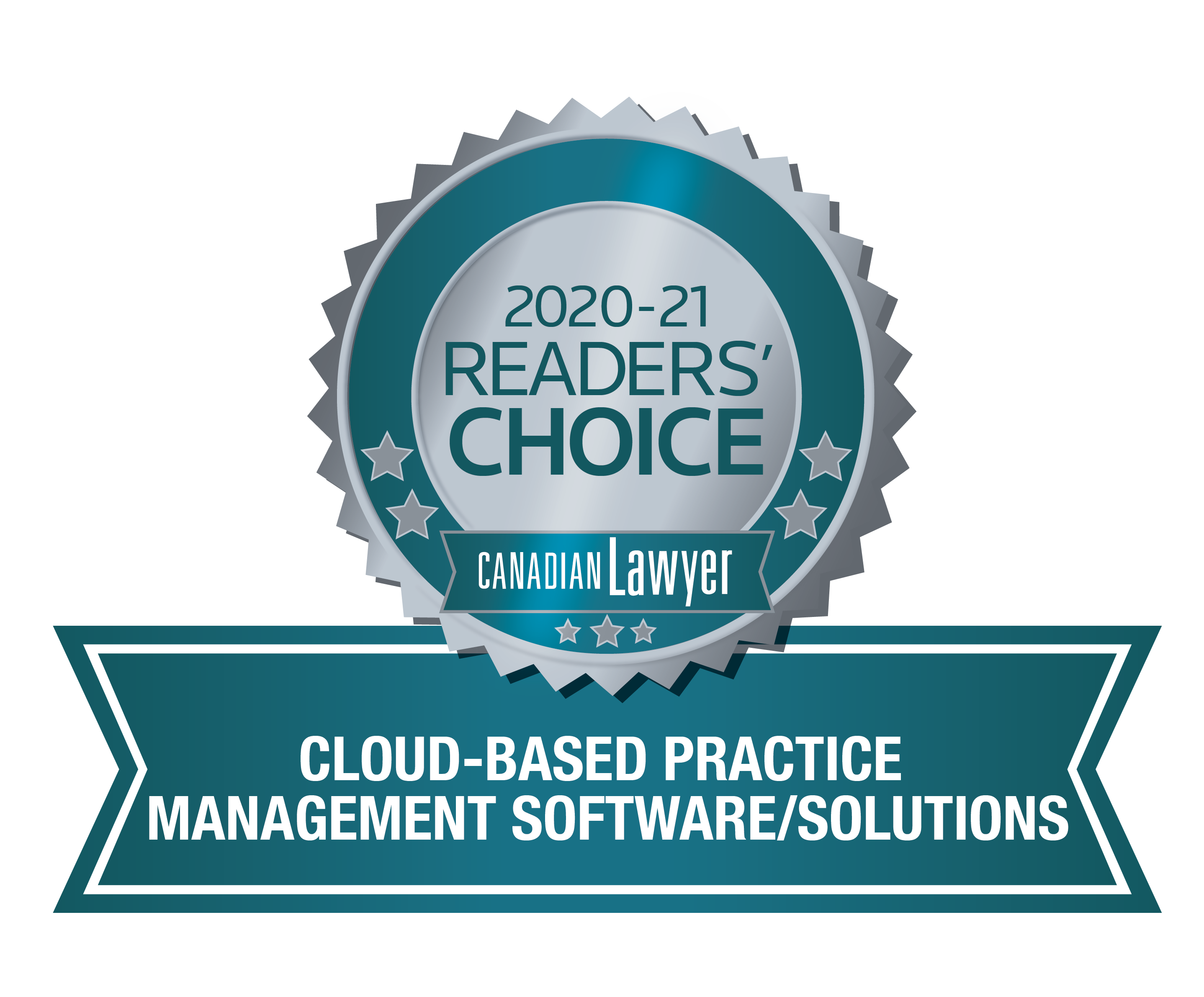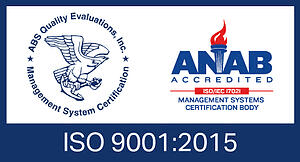Application Service Provider (ASP)
See Web Repository.
Attachments
See True Attachments and Physical Attachments.
Automated Litigation Support (ALS)
The application of specialized computer software and processes to aid in the collection, review production and presentation of documentary evidence. Compared to manually handling multiple paper copies, this is always cost-effective whenever a case involves one box of documents or more. Automated litigation support becomes a necessity to effectively support the requirements of (a) multi-party or class actions, (b) cross-jurisdictional or (c) proceedings involving Electronic Discovery.
Bates Number
A serial number unique to every page of a document collection. Named for a stamping device invented in the 1890s that physically stamps a number onto hard copy originals. Bates numbers today are affixed electronically to a document image, either as an overlay or burned in permanently.
Blowback
A hard copy set of documents printed from digital images. Unlike photocopies of copies, blowbacks do not degrade in quality, and blowback sets made from a coded database can be sorted and grouped in different ways automatically.
Briefcase
A type of file that can be created in Summation for sharing document images and summaries with other Summation users or with parties who may not have any ALS software such as experts or clients.
CaseMap
Case analysis software from CaseSoft used for analysis of litigation events, facts and people. This type of program facilitates the creation of graphical timelines and other charts and may be used in conjunction with relevant documents or in the absence of documents.
Child
Term used to refer to documents that are attached to other documents. See Parent.
Coding or Objective Coding - See Offshore Coding
The entry of bibliographical information into an Automated Litigation Support program about each document so that an affidavit or list may be produced in compliance with the Rules. Documents can be sorted and grouped together for more effective and efficient relevancy and privilege review. Basic coding usually includes the following structured information at a minimum:
Concordance
Automated Litigation Support software created by Dataflight well known for its ease of use, ability to manage very large databases, and a tagging or foldering feature that makes it easy to group similar documents together. Dataflight also produces Concordance FYI, a web-enabled version of the software. In the US Concordance has won several awards and shares a large proportion of the market with Summation.
Database
Structured information about a collection of documents that can be selected, sorted, and produced in the form of a list. The core of any Automated Litigation Support program is a database of the evidence, linked to document images, OCR text, transcripts, and other information useful to the litigation team.
De-duplication
The identification of exact or near-duplicate files within a collection. This can greatly reduce the cost of working with electronic documents, since multiple copies of the same file need not be processed (though they are not deleted or lost.)
Digital Print
A hard copy produced from a scanned image file. Digital printing can be less costly than photocopies.
Digital Production or Electronic Production
The exchange of documents on discovery in electronic rather than in paper form - usually on CDs or via a hosted Web Repository.
Dots Per Inch (DPI)
Dots Per Inch (DPI)A measure of the resolution of an image file, which governs the clarity with which it displays on screen and the accuracy of the OCR process. Standard resolution for litigation support is 300dpi.
Early Case Assessment
Structured information about a collection of documents that can be selected, sorted, and produced in the form of a list. The core of any Automated Litigation Support program is a database of the evidence, linked to document images, OCR text, transcripts, and other information useful to the litigation team.
Electronic Discovery (E-Discovery) or Electronic Data Discovery (EDD) or Electronic Evidence Discovery (EED)
The preservation, collection, processing, review and production of evidence that originates as computer data as opposed to evidence that originates from paper hard copy.
Since most business information today is generated by computers, it is much more efficient and meaningful to review and produce client documents in digital format, rather than incurring the cost and inconvenience of printing them out.
Electronic Discovery Reference Model (EDRM)
The EDRM model develops guidelines, sets standards and delivers resources to help ediscovery consumers and providers improve quality and reduce costs associated with ediscovery. It is made up of 9 elements: Information Management, Identification, Preservation, Collection, Processing, Review, Analysis, Production, Presentation.
The EDRM model represents a conceptual view of the ediscovery process. One may engage in some but not all of the steps outlined in the model, or one may elect to carry out the steps in a different order than shown.
Electronic Appeal Book
A digital file containing a factum, appeal book, evidence, and transcripts used in the appeal process. Often created using the PDF format, electronic appeal books are popular with judges and counsel because they allow for hypertext linking from the factum to the evidence, among other features.
Electronically Stored Information (ESI)
Files or other data that is created, manipulated, communicated, stored, and best utilized in digital form, requiring the use of computer hardware and software.
EnCase - See also: Forensic Capture
One popular software title from Guidance Software, used for forensic capture.
Exploded Sort
The term used in Summation for a method of ensuring that all entries in a multi-entry field are sorted properly in any report. Other programs allow for the same function but may use different terminology.
Flat File Database
A database structure in which all data is entered and stored in a single table, usually in a single large file. Compare Relational Database.
Forensic Capture - See also Encase
A method of copying computer hard drives that preserves not only files and folders but an exact replica of all data on the drive, including deleted files, file fragments and other data. Forensic Capture also preserves the original state of the hard drive and all metadata. Used in criminal investigations or civil suits to guard against allegations of spoliation. Much more effective and safer than simply “copying” files from one drive to another for little additional cost.
Full Text Searching
See Keyword Searching.
Fuzzy Searching
A function within Automated Litigation Support programs that returns documents containing words that closely match the search terms and are not necessarily identical. For example, a search fro "defective" could find documents containing a word misinterpreted by OCR such as "defect1ve".
iCONECT, iCONECTnxt
A Canadian company and its Automated Litigation Support software. ICONECT is a web-hosted application that allows users to search, sort, view, organize and annotate documents with a web browser. iCONECT is fast, simple to learn, and can be set up very quickly through an ASP service provider. iCONECTnxt offers an SQL database engine to handle very large databases.
Image File Formats
Document images can be saved using different file formats, for example JPG, GIF, PDF, single-page TIFF or multi-page TIFF. Automated Litigation Support Systems can often handle a variety of different formats. However the current standard for litigation in North America is single-page TIFF. PDF format is popular for electronic appeal books and legal research applications.
Imaging
See Scanning.
Keyword Searching
A method by which relevant or privileged documents, or documents relating to certain facts, events, issues, products, companies or people are found in a database. Keyword searching is one of the most important benefits of Objective Coding in an ALS program. Historically important, in the age of electronic discovery, keyword searching has become essential because manually reviewing every document in a large collection is simply impossible without some kind of keyword filtering. Keyword searching is powerful but doing it well requires great skill, perseverance, attention to detail and a good understanding of the way in which the different search engines and ALS programs work. Always consult a document management expert before attempting large-scale, high stakes keyword searching.
Lead Date
The date of a document's parent document or, if the document does not have a Parent, its own document date. Lead date is used in a database as an option to allow for the chronological sorting of documents by parent. Without a lead date field, attachments would generally be sorted out of sequence, since they were usually drafted earlier than their parent.
Linking
The ability within an ALS program to connect evidence, transcripts, notes, pleadings, web sites and other documents to each other with hypertext links.
Load File
A data file that sets out links between the records in a database and the document image files to which each record pertains. This is a critical deliverable of any scanning and coding job. Without a correctly structured load file, documents will not properly link to their respective database records.
There is no "industry standard" load file, however any reputable and experienced Service Bureau should be able to generate the most popular types of load files (for example, LFP or DII) for almost any kind of ALS software.
Logical Attachments
See True Attachments.
Metadata
Whether metadata is required to be produced under the Rules of Practice is often itself a subject of dispute.
Multi-entry Field
A special field in a database that accommodates more than one entry or line without losing the ability to properly sort the entries. For example, you could enter the names "Miller, Smythe, Cheung" in a single entry field as recipients of a document, but you would only be able to sort on the first name, Miller. Entering the same names in a multi-entry field, on the other hand, would allow for an exploded sort in which each of the three names would appear in the correct alphabetical order.
Optical Character Recognition (OCR) - See also Optical Word Recognition
A computerized process that generates a searchable text file from a digital image or picture file. Software compares the shape of letters in the picture with its library of fonts and then generates the appropriate letter. Depending on the quality of the original document, OCR can be more or less accurate. (It cannot recognize handwriting.)
There are several available technologies to improve the reliability of OCR, including OWR (Optical Word Recognition) and Fuzzy Searching.
OCR can be done at the time of scanning or at any time thereafter.
Offshore Coding
Coding performed by overseas companies located usually in India, the Philippines or the Caribbean. Offshore coding can be very cost effective compared to onshore (i.e. Canadian) coding, as long as concerns about quality, confidentiality, security, and insurance are addressed properly. Most reputable offshore coding companies operate through local service bureaus such as Commonwealth Legal and do not market themselves directly to Canadian lawyers.
Optical Word Recognition (OWR) – See also Optical Character Recognition
A process similar to OCR in which the software interprets document images using several OCR engines at the same time and compares the results to a built-in dictionary. Noticeably more accurate than OCR especially on older or poor-quality originals.
Parent
Term used to refer to the first document in a group that has been bundled together by the author; a cover document that has others attached to it.
Portable Document Format (PDF)
Proprietary multi-page document format from Adobe Systems Incorporated that can retain a document's formatting features across a variety of computer platforms. Because of its compatibility and combination of features such as Fulltext Search, navigation tools and built-in security, PDF has become popular for the exchange of documents and for electronic appeal books.
Physical Attachments – See also Unitization
Documents that are clipped or stapled or otherwise bound together. Unlike true attachments, there may be no express indication by the author or custodian that the documents were intended to be grouped together other than the fact of their physical connection.
Privilege Review
A combination of Keyword Searching and reading of documents to flag privileged documents that will be excluded from production. In cases with large volumes of electronic documents, counsel sometimes agree to a non-waiver simply because a document-by-document review can be too time consuming. With a non-waiver in place, if privileged documents are produced inadvertently the receiving party cannot use them.
Redaction
The "blacking out" of the confidential text in a document to be produced. In an Automated Litigation Support program, redaction is usually done by way of an overlay (so the original document image is not actually altered). When producing documents in an electronic production, it is essential that redactions are "burned in" permanently to the version of the image produced.
Relational Database
A database whose structure is made up of numerous separate but linked tables. One of the advantages of a relational database is that duplication of entries is reduced or even eliminated, allowing for the efficient management of larger databases. For example, in a relational ALS database there would be a separate table for document types. For each document summary, a link is made to the applicable document type in the document type table. As a result the word "memorandum" would actually be entered only once in the database, but it would appear linked in all applicable records. In a flat file database each document summary would have the word "memorandum" entered in every applicable record. In the past, most ALS programs were based on a Flat File Database model. Today the trend is towards a relational model.
Relevancy Screening
A box-level review of documents prior to Scanning to minimize processing of irrelevant documents. InElectronic Discovery, relevancy screening can be facilitated with good search tools that can filter out irrelevant files by date range, custodian, folder, or in the case of e-mails, by date, author, or recipient.
Resolution
See DPI
Ringtail
A company out of Australia and its ALS software. Ringtail has been designed from the ground up as a web-enabled ASP application that features a relational database structure. Apart from its ease of use and powerful features, it is best known for its ability to group documents into customizable "levels" representing boxes, folders, binders, tabs, or other groupings. Popular in Australia especially with courts, it is gaining popularity in North America and has been purchased by the Canadian Department of Justice as part of its Barristers Briefcase. Commonwealth Legal is Canada's only Ringtail Alliance and Hosting Partner.
Sanction
Software designed for trial presentation of documents and multimedia. Programs like Sanction (seeTrial Director) integrate with ALS programs such as Summation and Concordance so that Trial Presentations can be easily generated from a list of productions and full-text transcripts.
Scanning - See also Image File Formats
The conversion of each page of a paper document into a computer file. The text of a digital image appearing on screen is not searchable unless it is also subject to an OCR process. Image files can be numbered, redacted, annotated, and linked to document summaries in an Automated Litigation Support program. A CD-ROM can typically hold about 16,000 images or the equivalent of seven file boxes of paper documents. A notebook computer could easily hold cases involving more than half a million pages of evidence.
Service Bureau
Company that provides scanning and coding services to the litigation market. Service bureaus are differentiated by their experience, knowledge, quality, throughput, pricing and customer service.
Spoliation
The deliberate or inadvertent modification, loss or destruction of evidence by a party who as been put on notice of litigation but has failed to take appropriate steps to preserve potentially relevant data.
Structured Query Language (SQL) - Pronounced Sequel
A worldwide standard used to manage data in relational databases. SQL facilitates the sharing of data especially in large and interconnected databases.
Structured Information
Information that is organized by a computer program in a consistent way, as opposed to unstructured full text. For example, a memorandum has structured text (From, To, Date, Re) and unstructured contents (the body of the memo). Structured information can generally be manipulated into a database for sorting, searching and reporting (e.g. in an affidavit of documents) while unstructured text can be searched but not sorted into a list.
Subjective Coding
The high-level legal analysis of documents in an Automated Litigation Support program that relates each relevant document to one or more appropriate legal or factual categories or issues as defined by the lawyer in charge. For example, in a product liability case, all documents relating to alleged design flaws can be identified and grouped together for easy reference at discovery or trial.
Summation
Company that produces popular award-winning Automated Litigation Support software including Summation LG, iBlaze, WebBlaze and the ASP CaseVault. Although programs like Summation iBlaze, Concordance and Ringtail are proprietary, most of them readily accept images, structured information, and unstructured text in a generic format that facilitates electronic production between parties.
Synchronization
The ability to merge two or more copies of a database together, preserving rather than overwriting the latest changes made in any copy. Summation and Concordance both have synchronization features so that remote users can synchronize back to network copies.
Transcript Formats
Discovery and trial transcripts that are available electronically can be searched, annotated, linked and organized into brief reports. These functions are available in full-featured ALS programs such as Summation, and also in dedicated transcript management programs such as LiveNote, which can also be integrated into programs like iCONECT.
Trial Director
Trail presentation software from a company called inData.
Trial Presentation
The display of evidence on-screen at a hearing rather than by way of multiple photocopies. Effective trial advocacy using trial presentation software does not require the use of expensive technology or special courtrooms. See the excellent paper on the subject by Justice Thomas Granger. See Trial Director and Sanction. Full-featured ALS programs such as Summation have built-in trial presentation features.
True Attachments or Logical Attachments
Term used to describe attachments created by an author or custodian and explicitly referred to in the cover or parent document. For example, reports following a letter that indicates it has enclosures, would be true attachments. See also Unitization. Compare Physical Attachments.
Unitization
Unitization decisions have a critical impact on the usefulness of an ALS database. It is always a good idea to speak with a document management specialist before making any major unitization decisions.
Validation
Various automated processes used by a service bureau to ensure the accuracy of scanned images and coded data. For example, validation can confirm whether there is a corresponding image file for each bates number in the coded data. Validation can also be used to verify the accuracy of attachment ranges and dates.
Web Repository or ASP
An Automated Litigation Support Program made available to users via a secure website. Users with permission can perform all the required functions of document review from any internet-connected computer. No local software is required, other than a web browser. Very effective technology for situations where multiple users in different locations (for example co-counsel, expert witnesses, and in-house counsel) need access to the evidence as they prepare for trial.
Zubulake
A series of cases in New York in which the U.S. law of E-Discovery has been developing. One of the key concepts arising out of Zubulake is the distinction between accessible information and inaccessible. Another is cost-shifting.
Ricoh eDiscovery provides ISO 9001:2015 quality-certified evidence and document management solutions, as well as litigation support services that successfully integrate technology, defensible processes
© 2021 Ricoh Canada, Inc. All Rights Reserved.



